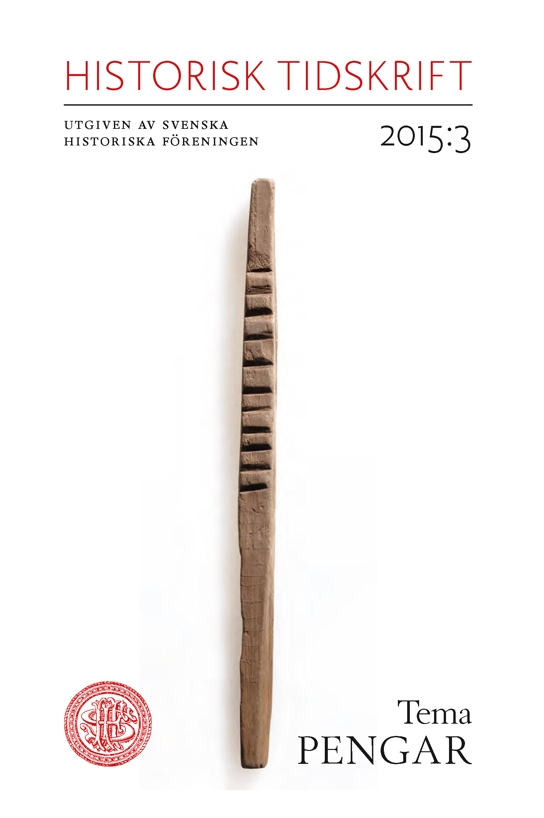Abstract
How were seventeenth-century wage labourers paid?
Early modern wages is a complex and interesting, but understudied, topic. Historians are well aware that wages involved much more than monetary remuneration. Our knowledge of how people were actually paid for their work is limited, however. This article examines to what extent nominal wages in seventeenth-century Sweden consisted in money, in goods or in other perquisites. Servants, casual labourers and workers in the mining and building industries are studied. The main result is that forms of payment were highly variable, not only between different places of work, but also between labourers at the same location and in the same trade. Rather than customarily determined, wages were adaptable and changed according to individual or local circumstances. The study also found that women were not only paid less but in a different way.
The nominal wages studied did not correspond to real sums of money, but were used as benchmark for actual payments. Shortage of cash explains some of this phenomenon. But the limited and uneven supply of market goods more generally also meant that it was sometimes advantageous, or even necessary, for workers to be paid in goods rather than coins. Wages were, moreover, used to cover all sorts of personal expenses, including medical care, childcare, purchases and fines. Early modern wages were negotiable. As in all negotiations, the outcome was contingent on local and practical circumstances as well as on general ideas and the relative positions of the parties.
Payments were irregular. This could be because of a lack of means of payment, but it could also be because of the shifting needs of individual wage earners. Different remuneration methods, i.e. piece rate versus time rate, were used at one and the same work place and for the same category of workers. In short, then, early modern wages were not a uniform entity. This should be borne in mind when real wages series are studied and compared. Through their disparity, their negotiable character and through different credit arrangements, they allowed for a much wider flexibility than real wages series suggest.

